1580 - 1666
Frans Hals.
Frans Hals.
Francisco de Quevedo.
Cotton is established as a major crop in the Yangtze region of China.
Beaver fur is the preferred source for felt hat makers in France.
Spain annexes Portugal.
Pieter Corneliszoon Hooft.
The pendulum is invented by Galileo Galilei.
The Dutch Golden Age.
The Levant Company is formed to trade with Turkey.
Dutch United Provinces of the North declare independence from Spain.
Richard Hakluyt publishes Divers Voyages Touching the Discoverie of America helping to promote the English colonisation of North America.
Martin Ignacio de Loyola circumnavigates the world, stopping to pursue missionary efforts in China.
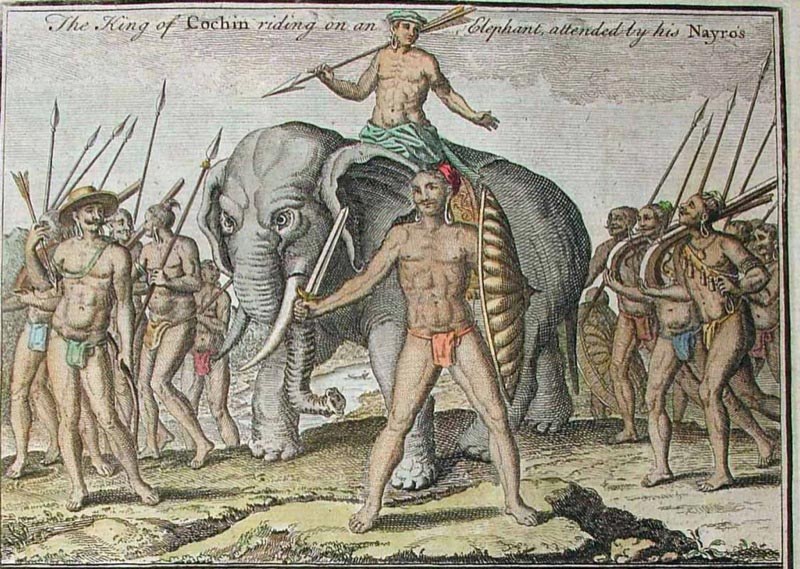
Jan Huyghen van Linschoten sails from Portugal to Goa, where he keeps a detailed record of trade and accounts of sea routes to the Spice Islands, enabling the Dutch to challenge Portugal.
Walter Raleigh plans to colonise America.
Russia completes the conquest of Siberia.
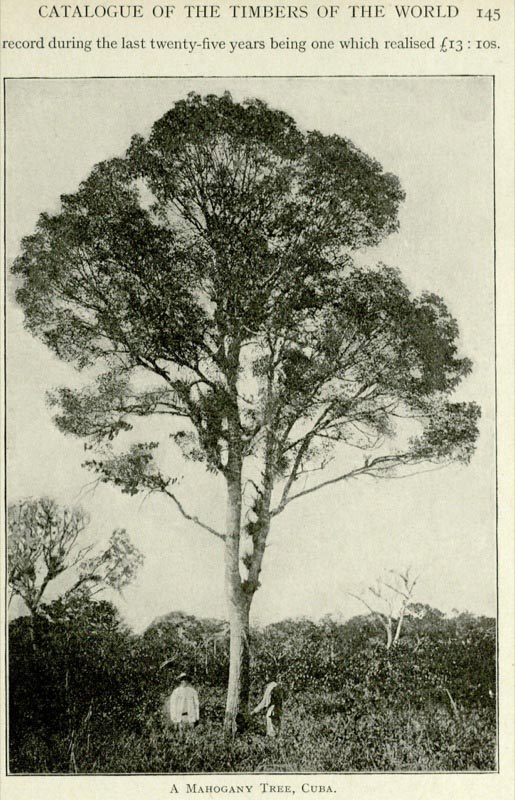
Mahogany discovered in the Americas is used in the building of the Escorial Palace.

First shipment of cacao beans arrives in Spain from Mexico.
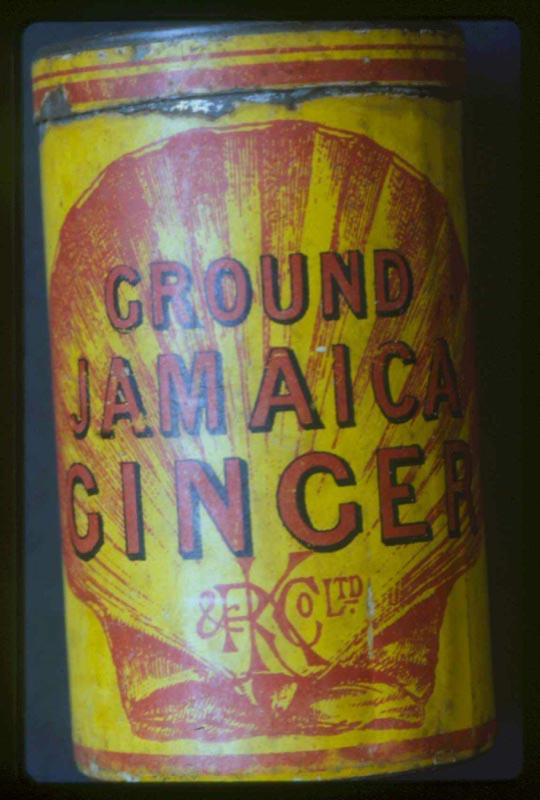
Ginger grown in Jamaica is imported into Europe.
Walter Raleigh's settlement at Roanoke, Virginia, fails.
Anglo-Spanish War.
Cardinal Richelieu.
Francis Drake captures a French ship carrying sugar and wine from the Azores.
Martin Ignacio de Loyola circumnavigates the world a second time, visiting China again.
Virginia colonists returning to England create a sensation by smoking tobacco in long clay pipes.
Thomas Cavendish circumnavigates the world, raiding Spanish bullion ships and visiting Guam and the Philippines.
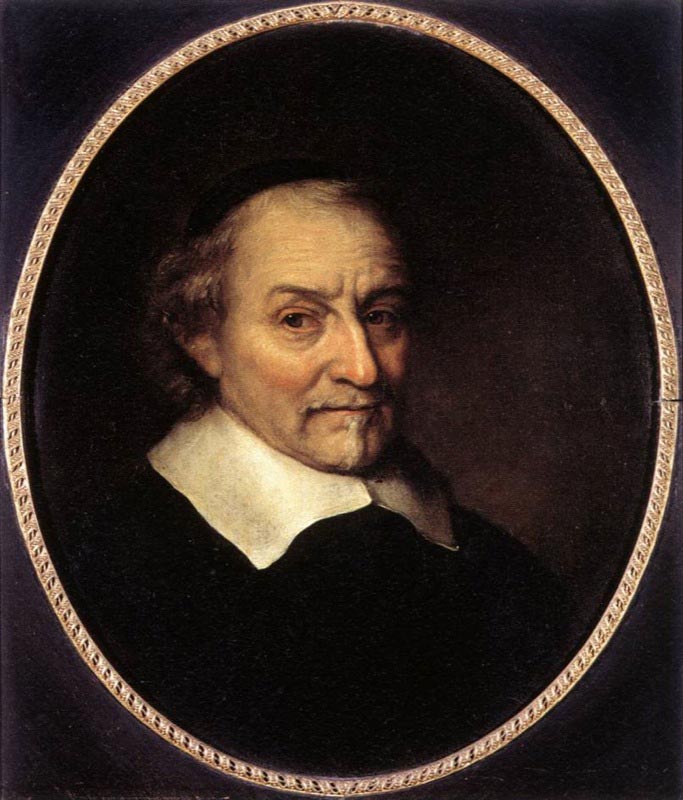
Joost Van den Vondel.

Francis Drake brings Sherry back to England after his attack on Cadiz and it quickly gains popularity in England.
Francis Drake raids Cadiz and sinks a large section of the Spanish fleet.
Francis Drake captures a Portuguese ship carrying spices worth £140,000.
The Spanish Armada is defeated in its attempt to invade England and Spanish sea power is broken.
Henri IV of France, the first Bourbon monarch, accedes to the throne and converts from Protestantism to Catholicism.
Water closet is invented by Sir John Harrington in England but the invention is ignored until 1778.
Spenser writes about tobacco in The Faerie Queen.

The capotain or Puritan hat becomes fashionable in England.
Franco-Spanish War.
Spanish begin importing porcelain to the Americas.
Guido Pancirolli of Padua, Italy, talks of the mystical properties of porcelain and its inability to accept poisons. He claimed that it would break if it came into contact with poisoned food or drink.
Galileo Galilei invents the thermometer.

Cornelis Corneliszoon patents the sawmill with crank shaft.
Willem Barentsz and Jan Huyghen van Linschoten seek out the North East passage by Siberia, but turn back when they encounter frozen seas.
In Baku, a 35-metre deep oil well is dug by a workman named Mamed Nur-oglu.
Jelali revolts weaken the Ottoman Empire.
The first Dutch fleet sails for the Spice Islands, commanded by Cornelis van Houten.
Constantijn Huygens.
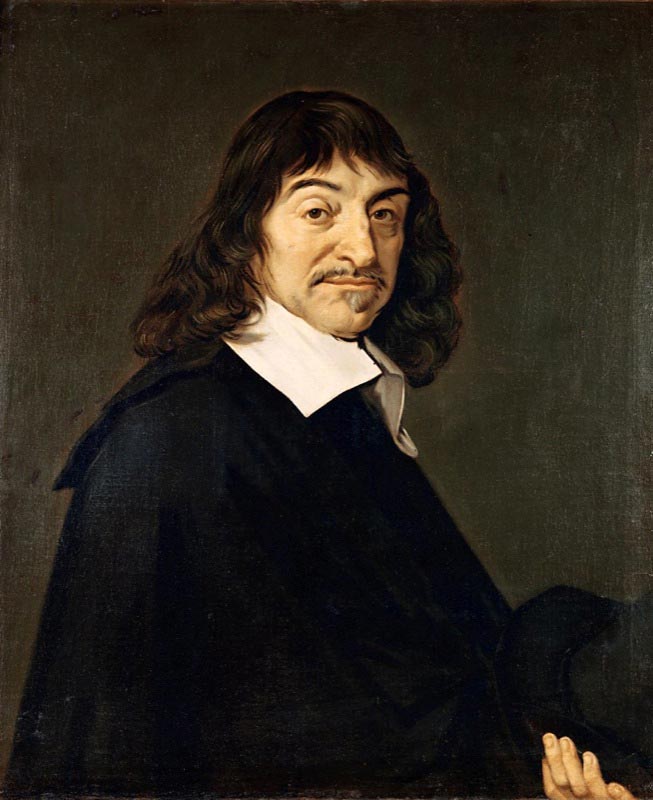
Rene Descartes.
The Plague sweeps Spain killing 10% of the population in 6 years.
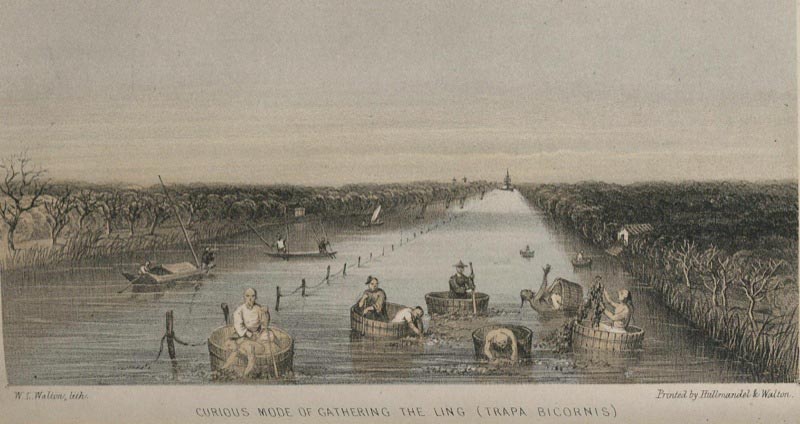
Jan Huyghen van Linschoten, Dutch merchant and traveller, writes about tea.
65 ships in 14 fleets sailed from the Netherlands and established factories in Bantam, the Bandas, and the Moluccas.
Bernini.
The term 'coffee' is coined, based on the Dutch 'koffie', based on the Tukish 'kahve', based on the Arabic 'qahwa'.
The Marquis de la Roche-Mesgouez sails to the Newfoundland area catching fish and trading for furs.
The Edict of Nantes - Henri IV guarantees the rights of Protestants in France and ends the French Wars of Religion.
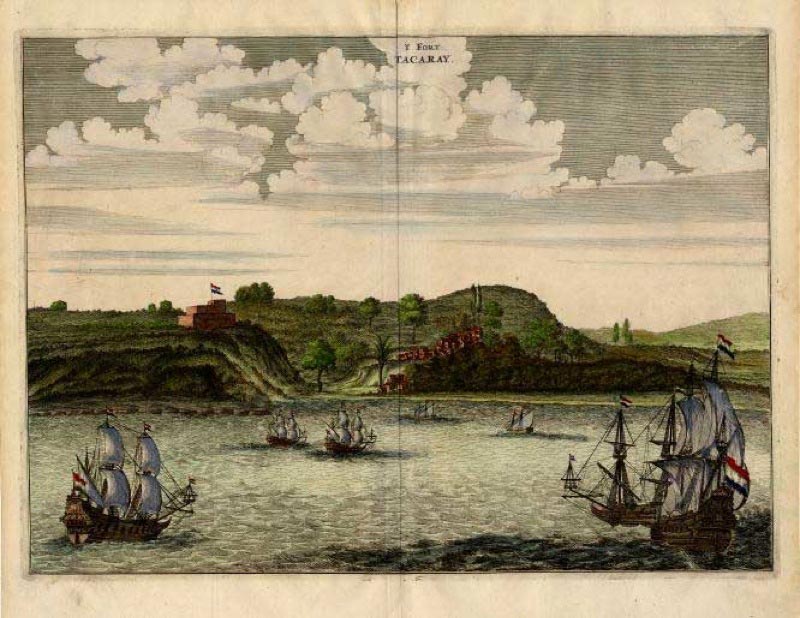
The Dutch build forts in Ghana.

Oliver van Noort becomes the first Dutchman to circumnavigate the world via the Spice Islands.
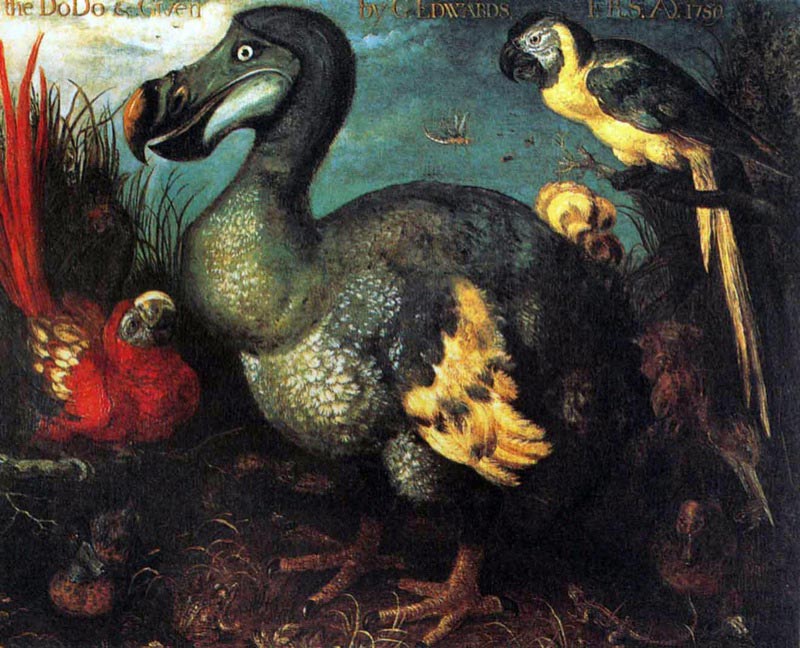
The defenceless dodo bird is discovered in Mauritius but is extinct by 1700.
Diego Velazquez.

The Globe Theatre opens in London.

Anthony Van Dyck. He leaves Belgium to become painter to the British court.
Henry IV grants a 10 year fur trade monopoly to Pierre de Chauvin de Tonnetuit who establishes a trading post in Quebec. He gives another to the Marquis de la Roche-Mesgouez.

Turkish traders bring coffee to Venice. Pope Clemente VIII blesses coffee, starting its acceptance in Europe.
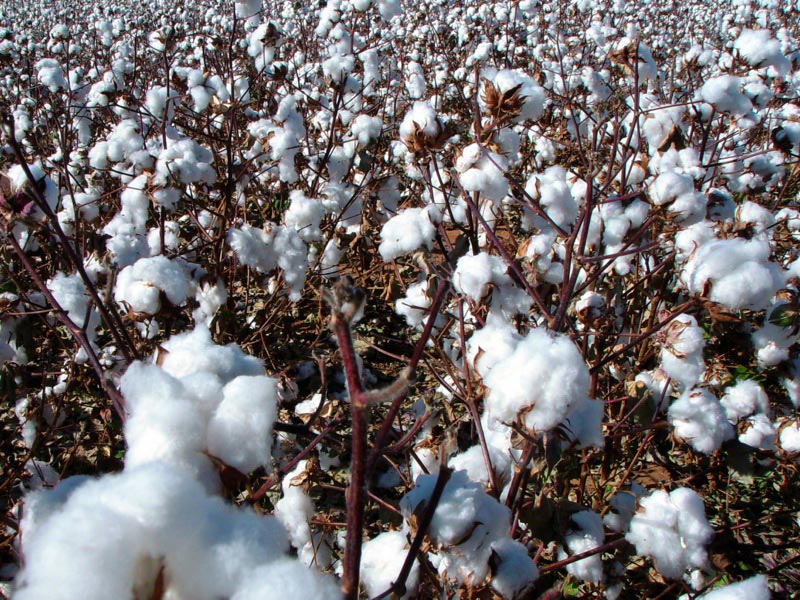
Cotton is a widespread crop in the warm zones of the Asias and Americas.
David André settles in Nîmes and produces a new cotton weave fabric known as Serge de Nîmes (denim).
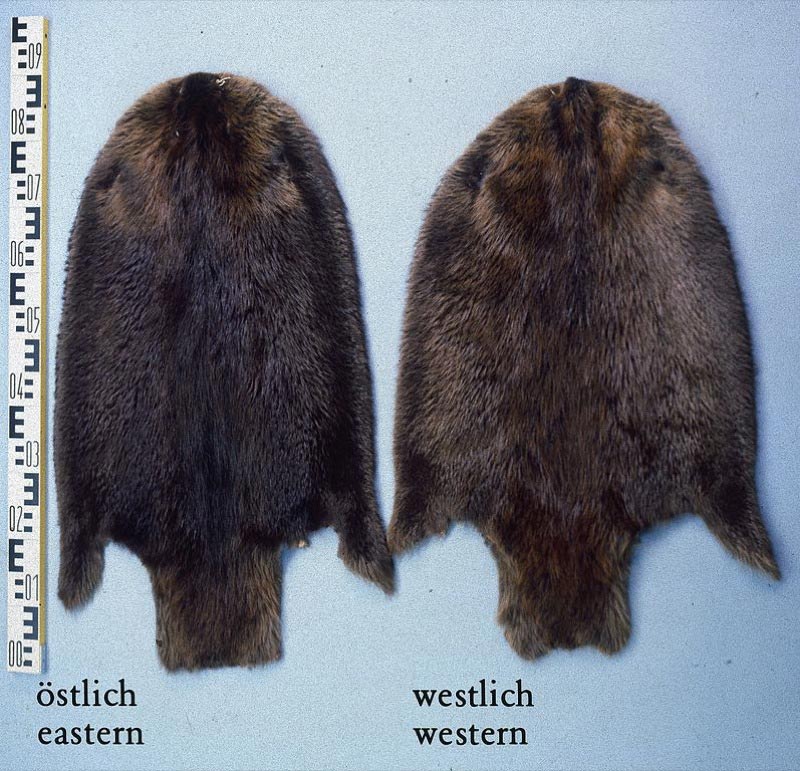
The European Beaver has been virtually hunted to extinction.
Timber in the UK becomes scarce and brick house construction becomes more common.
The Marquis of Altamira starts to produce Tequila from a factory near Jalisco.
The British East India Company (EIC) is founded.
James Lancaster commands the first East India Company fleet to the East Indies, where he successfully establishes an alliance with Aceh, Sumatra, and a trading base in Bantam, Java.
Porcelain begins to be acquired by European upper-classes as well as aristocrats.
Matteo Ricci establishes the Jesuit mission to China.
Establishment of the Amsterdam Stock Exchange by the Dutch East India Company.
Wheat is introduced to the English colonies in Massachusetts.
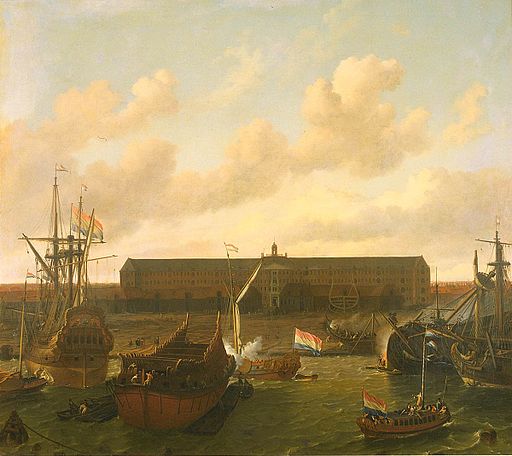
Dutch East India Company founded and granted exclusive trading rights in Asia for the Netherlands.
James I of England orders the burning of anthracite which does not produce as much smoke.
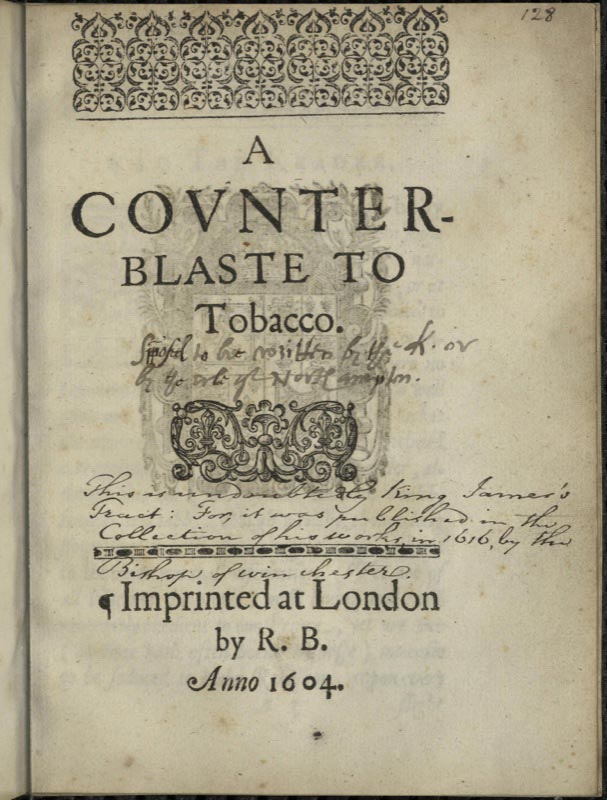
James I writes A Counterblaste to Tobacco and raises tobacco taxes sharply.
Samuel de Champlain explores Acadia and establishes the colony at Port Royal.
Two Portuguese ships full of porcelain captured by the Dutch and sold at auction in Holland, sparking a passion for blue and white porcelain.
Don Quixote is written by Miguel de Cervantes.
The French establish a settlement at Port Royal, Nova Scotia.
Rembrandt.
Willem Janszoon sails to the East Indies on the Duyfken and lands briefly in Queensland, becoming the first European known to have set foot in Australia.

The Virginia Company establish the Jamestown settlement for which tobacco will prove a profitable export.
Cotton is grown in the Jamestown settlement.

English settlers in Jamestown discover abundant sources of grapes in Virginia and soon start to produce an American wine.
The Muscovy Company sponsor Henry Hudson's voyages to Greenland and the Arctic looking for the North-West Passage to China and Russia.
Flight of the Earls' and the beginning of the Protestant Plantations of Ulster.
The telescope is invented by Hans Lippershey in Holland.
John Jourdain describes his travels in Arabia, India and Malaysia, including accounts of coffee houses in Arabia and spice markets in India.
Samuel de Champlain helps to found Quebec City and explores and maps the Great Lakes.
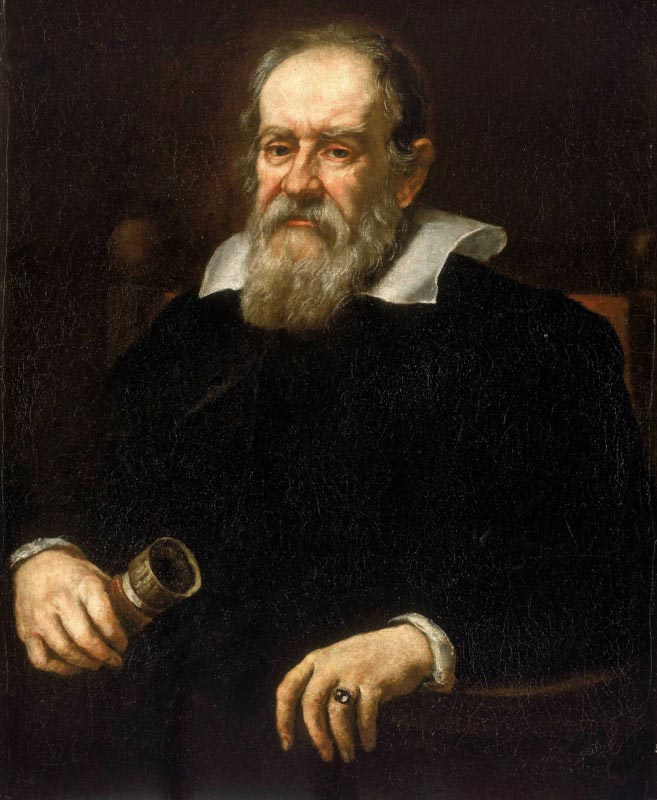
Galileo Galilei invents the microscope.
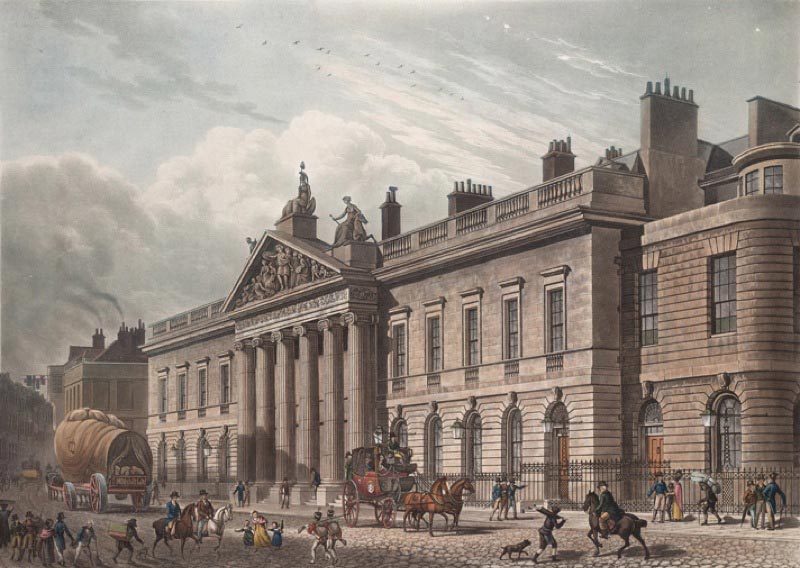
The British East India Company establishes a trading base in Bengal.
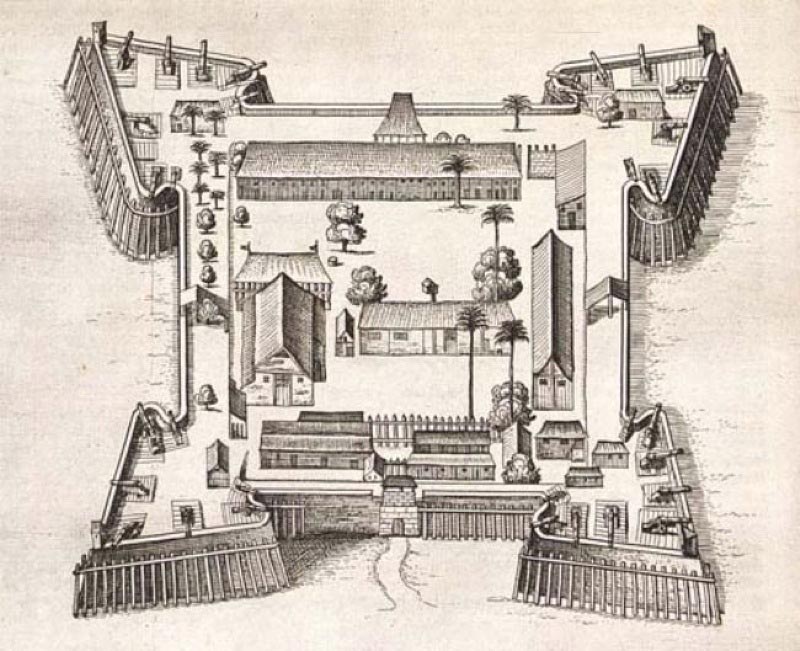
The Dutch anger the locals by reinforcing Fort Nassau on Bandanaira Island and the Dutch Admiral and 40 of his men are ambushed and killed in the Verhoeven massacre.
Samuel de Champlain fights against the Iroquois for control of the fur trade and enlists the support of the Algonquin and Huron people.
Henry Hudson is sponsored by the Dutch VOC to find the North-West Passage and finds Nova Scotia and Newfoundland.
Dutch and Portuguese traders start importing tea into Europe.
Francis Bacon comments on increasing tobacco use and its addictive nature.
English colonists send furs back from the Virginia Colony.
Henri IV of France dies and is succeeded by his young son, Louis XIII. France is controlled by the regent, Marie de Medici.
The Dutch establish a fur trading post on the edge of Lake Champlain to trade with the Iroquois.

Henry Hudson is sponsored by the Virginia Company and the British East India Company to find the North-West Passage and discovers Hudson's Bay.
Etienne Brulé lives for a year with the Algonquin Indians in the Great Lakes area.

The completion of the King James Bible.
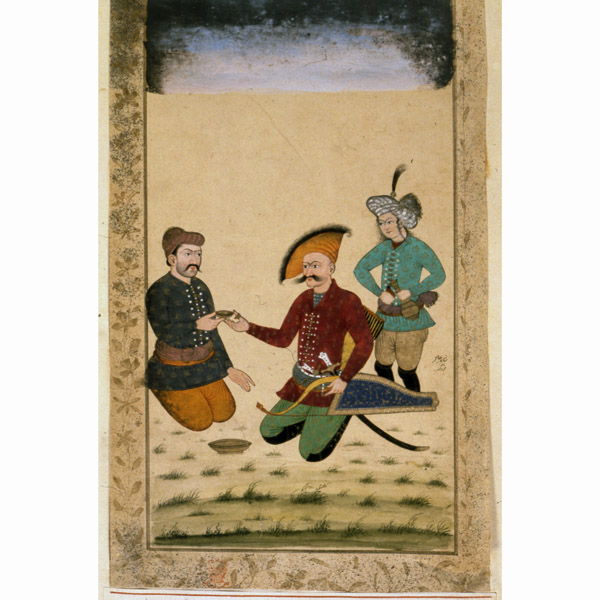
Persian shah Abbas I, The Great, places his 1,162 pieces of Ming porcelain in the Ardebil Shrine (now in modern Iran).
China's Emperor forbids the growing or consumption of tobacco.
Sir Thomas Roe agrees terms with Mughal Emperor Jahangir to build a trading base in Surat.
The French establish a colony in Brazil (Equinoctial France), but it is short lived and is suppressed by Portuguese forces in 1616.
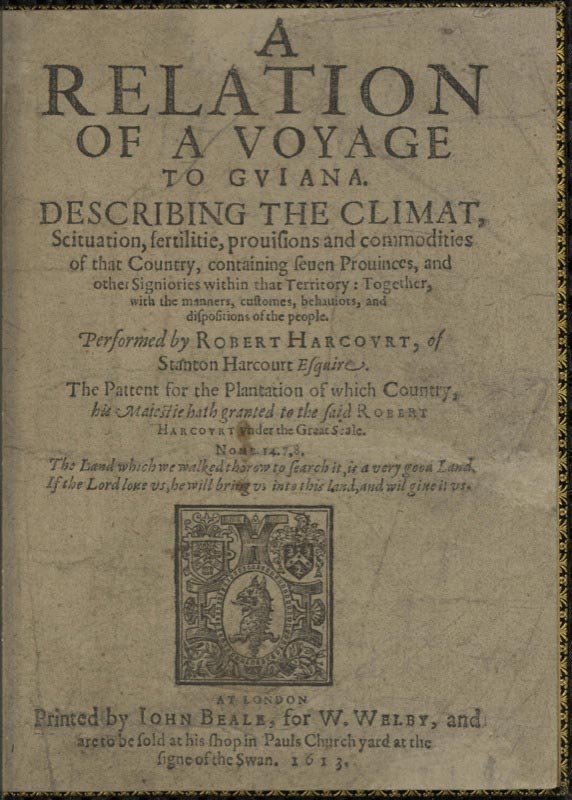
Robert Harcourt writes on the commercial value of tobacco.

Russia's Tsar forbids the consumption of tobacco.
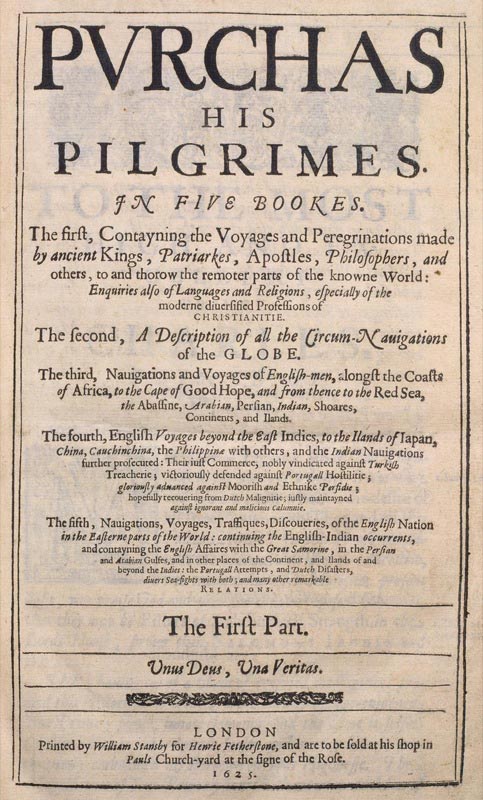
Samuel Purchas writes Purchas - his Pilgrimage describing travels to the Orient and describing the recreational consumption of Opium.
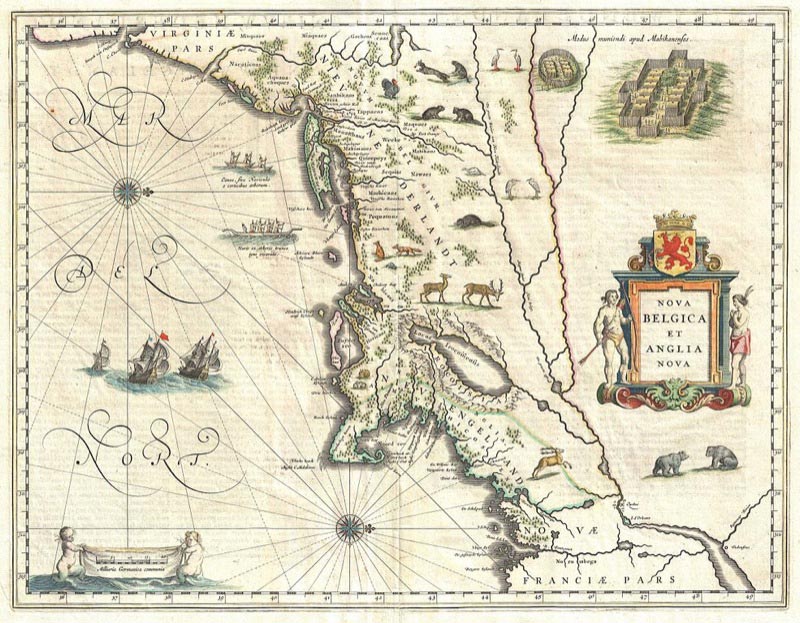
Adriaen Block establishes trading relationships with the Mohawks and Mohicans.
Jesuit Priest Pedro Paez sees Lake Tana in Ethiopia.
There are now 7,000 tobacco shops in London according to Barnabee Rych and the first consignment of native Virginia tobacco arrives at the docks.
King Philip III of Spain centralises the storage and processing of tobacco in Seville.
New Amsterdam (now New York) is the trading hub of the Dutch fur trade.
Pocahontas marries English colonist John Rolfe and bears him a son a year later.
Nicotina Rustica is replaced with Nicotina Tabacum in Virginia plantations.
George Sandys describes people smoking in Turkey.
William Baffin and Robert Bylot explore Hudson's Bay and discover Baffin Bay, but further attempts to find the North-West Passage are put on hold.
Willem Scouten sails from the Netherlands to the East Indies via Cape Horn.
Great Mogul of Agra has a senior servant whipped for breaking a porcelain cup before sending him to China to buy a replacement.
William Harvey produces new theories on the circulation of the blood.
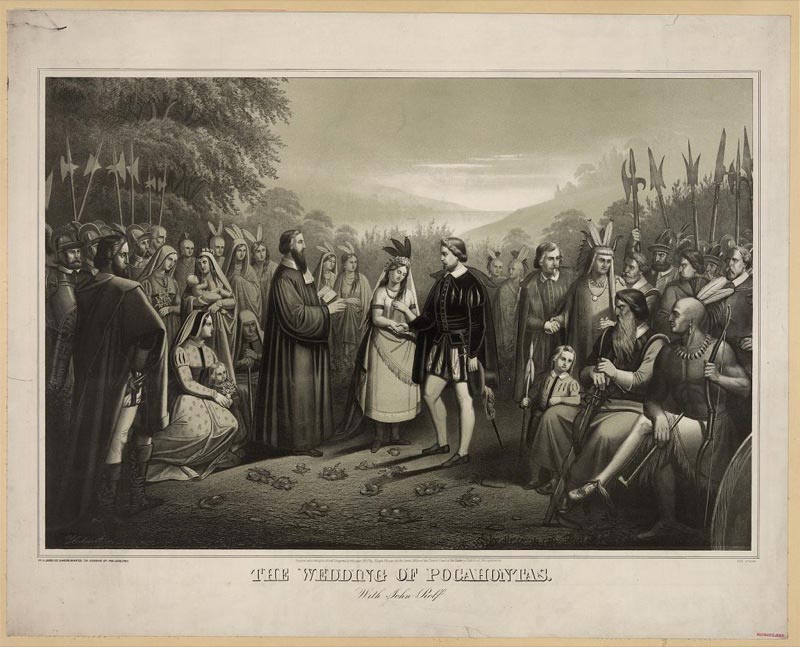
John Rolfe arrives in London from the Virginia Colony with Pocahontas.

Essequibo is settled by Dutch traders.
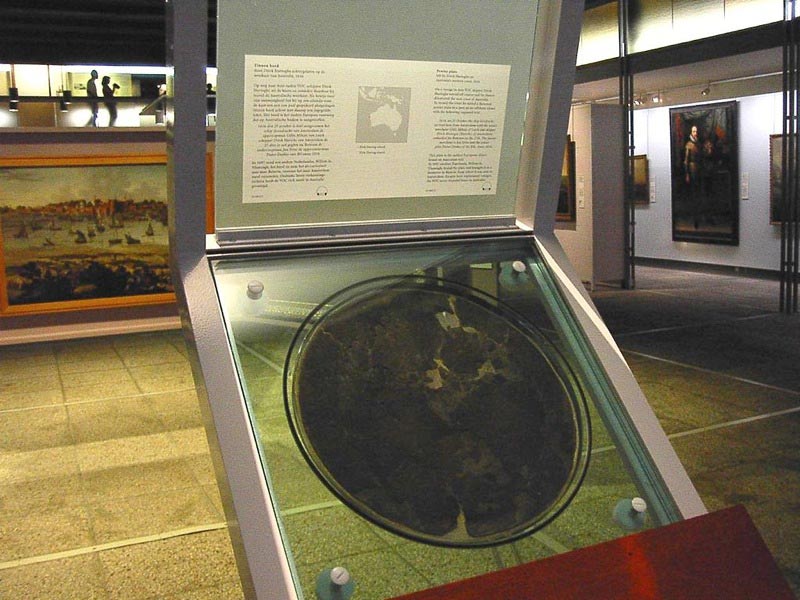
Dirk Hartog sails from the Netherlands to the East Indies but is blown off course and lands on an island off the coast of Western Australia.
Pocahontas visits England with her son and husband and is presented at court. She dies in Gravesend a year later.
The Portuguese trade 15,000 pieces of Indian cotton cloths to West Africa.
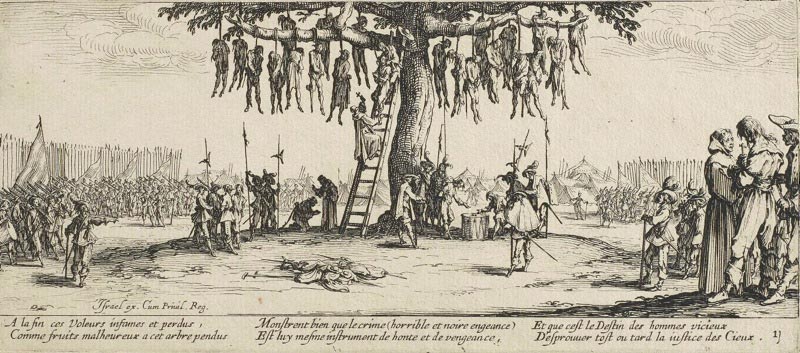
The Thirty Years' War, a costly religious and political war between the Habsburgs (Spain, Italy, some of Germany) and France, Sweden, the Netherlands and others. The Holy Roman Empire never recovers.
The first African slaves arrive in Jamestown.
Eight vignerons are sent to Virginia to plant new vineyards.
The Dutch VOC establishes a trading port in Batavia (now Jakarta, Sumatra) to deal in spices and other goods.
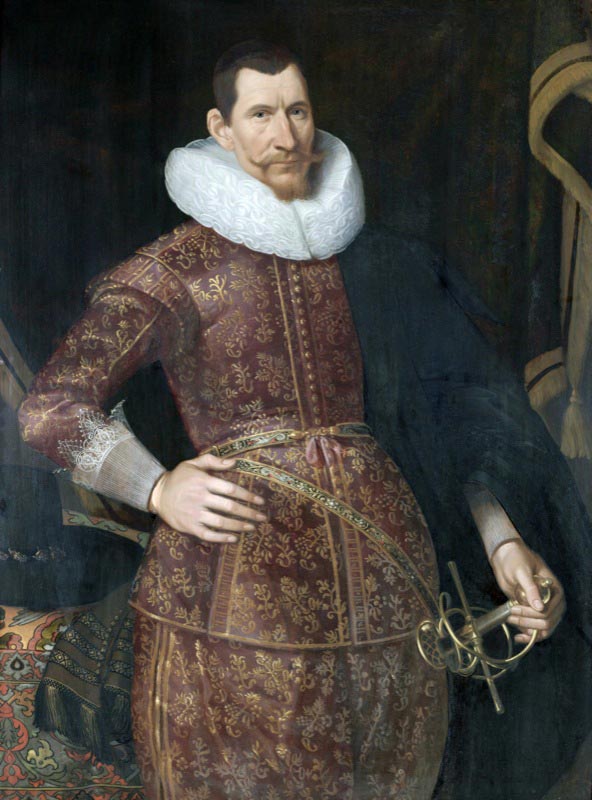
Jan Pieterszoon Coen is made head of the VOC.
Frederik de Houtman explores the Western Australian coast around Perth.
The slide rule is invented by William Oughtred.

Nearly 16,000 trappers are active in Siberia.
English colonists start to send substantial consignments of fur from the Plymouth Colony.
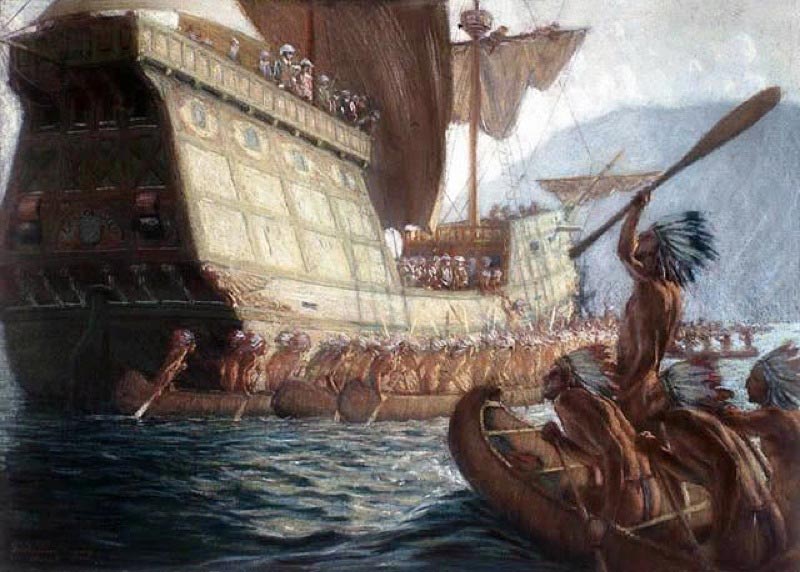
Samuel de Champlain establishes companies in Quebec to profit from the fur trade.
The Pilgrim Fathers, a group including some religious exiles, sail to America to establish a new colony. They touch land in Cape Cod, but continue to New Plymouth.
Suriname is settled by Dutch traders.
Jan Pieterszoon Coen leads genocidal reprisals against the Bandanese, replacing them with slaves, convicts and immigrants. Spices are eradicated from islands they cannot control.
Nutmeg remains a monopoly of the Dutch East India Company for nearly 200 years.
Moliere.
Spain establishes a royal monopoly in the use of Mahogany for ship building.
Portugal is forced to cede the Straits of Hormuz.
Portuguese and Dutch traders introduce tobacco smoking to West Africa.
The Ambon Massacre; 10 English, 10 Japanese and 1 Portuguese man are massacred by Dutch troops.
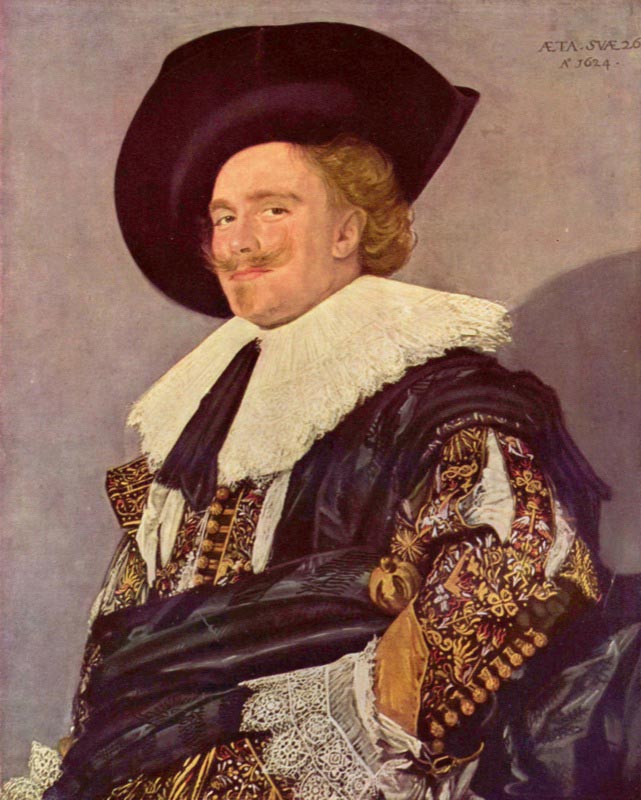
Frans Hals' 'Laughing Cavalier' shows the fashion for Cavalier hats made from beaver fur.
Cardinal Richelieu assumes the mantle of chief minister to Louis XIII and helps to steer France through the Thirty Years War.
Saint-Domingue is founded by the French who settle North West Hispaniola.
Robert Boyle.
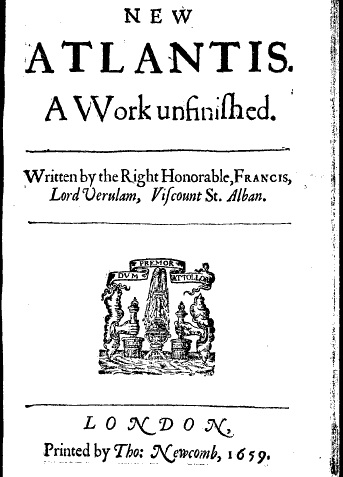
Francis Bacon publishes New Atlantis with new ideas on the role of science in society.
Britain establishes a colony in Barbados.
Berbice is settled by the Dutch West India Company.
Cardinal Richelieu founds the Compagnie des Cents-Associés to manage the French fur trade.
Shah Jehan becomes Mughal Emperor and his reign is a golden age for Mughal Architecture, including the Red Fort and the Taj Mahal.
The Mohawk Iroquois defeat the Mohicans and establish a fur trade monopoly with the Dutch at Fort Orange (near what is now Albany, NY).
The Compagnie des Cents-Associés send its first voyage to Canada.
Cardinal Richelieau imposes a tax on tobacco.
Wine is made in Massachusetts.
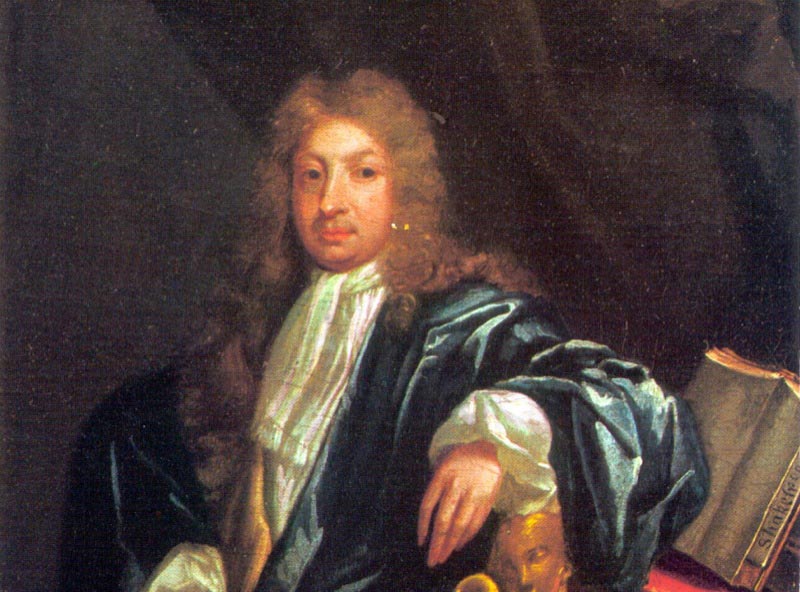
John Dryden.
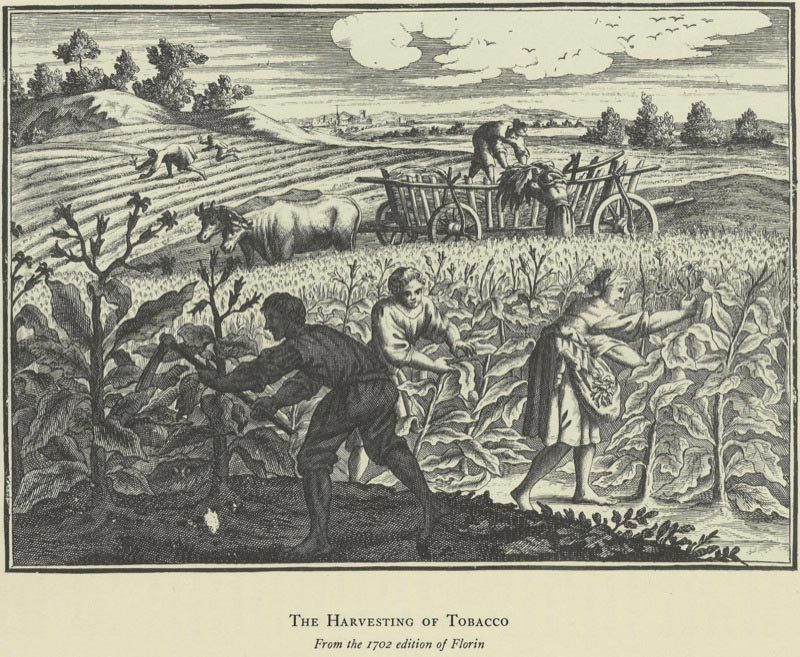
Tobacco cultivation starts on a large scale in Maryland.
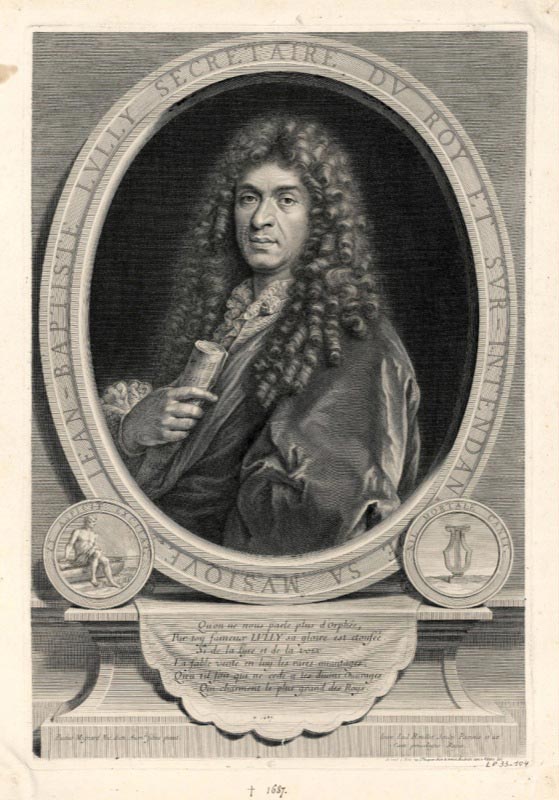
Jean-Baptiste Lully.
Johannes Vermeer.
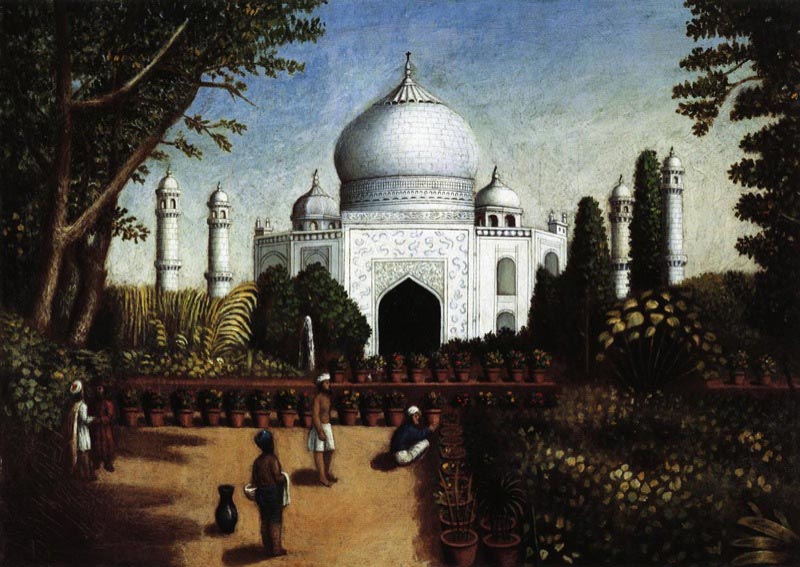
Mughal Emperor Shah Jehan constructs the Taj Mahal.
Galileo Galilei publishes Dialogue Concerning the Two Chief World Systems which describes the earth's movement around the sun.
Britain establishes a colony in Antigua.
Dutch establish exclusive trading relationship with Japan after Portuguese and Christian expulsion.
Tea drinking gains popularity in the Netherlands.
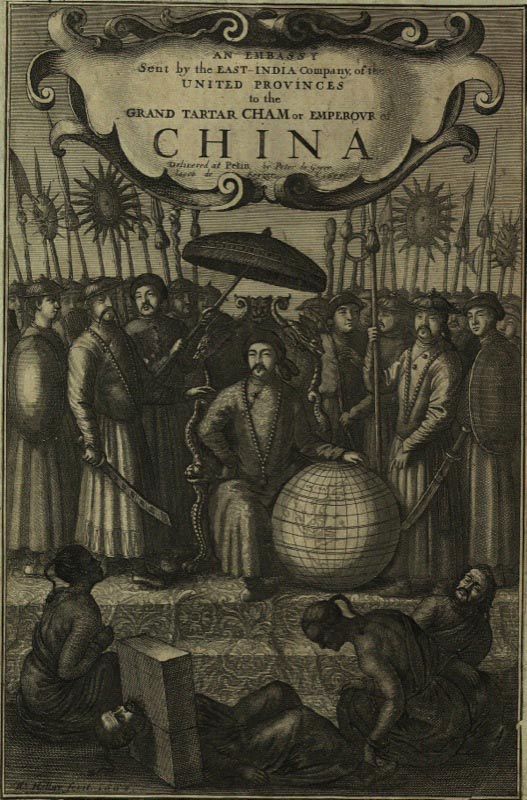
First British ship arrives in China, at Macao; regular Sino-British trade begins to emerge in the late 1680’s.
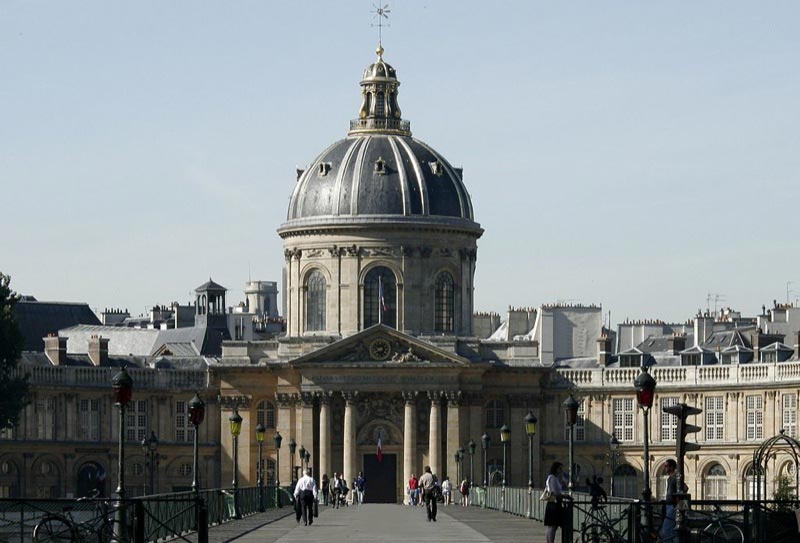
L'Académie française is established by Cardinal Richelieu and Louis XIII.

The Franco-Spanish War erupts because France is surrounded by Habsburg forces.
Tabacalera is created, the oldest tobacco company in the world, with a monopoly over Spanish tobacco.
The Worshipful Company of Distillers is created in Britain.
Pedro Teixeira becomes the first European to sail up the Amazon.
King Charles I issues a proclamation to support British hat makers.

The Beaver or French and Indian Wars between the French and their Huron and Algonquin allies and the Iroquois (armed by the British and Dutch), fighting for control of the declining beaver trade.
The British East India Company establishes a trading base in Madras.
Francis Day establishes a factory on the Coromandel coast for the British East India Company.
Isaac Walton writes The Compleat Angler about fishing and conservation.